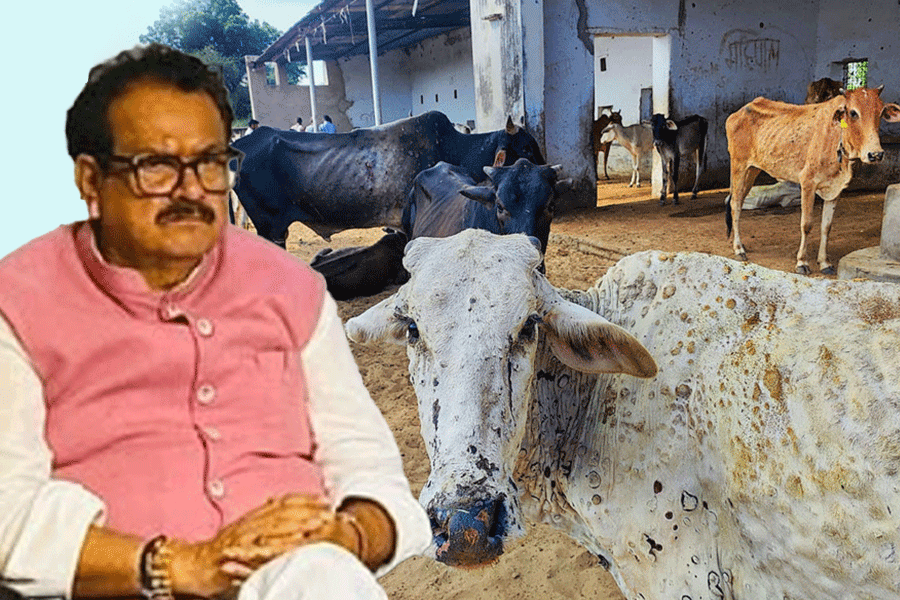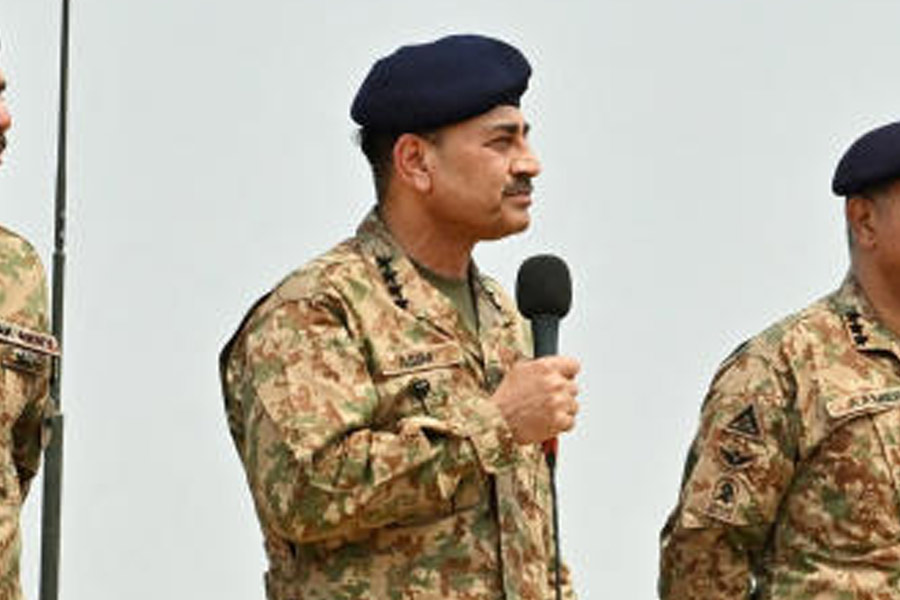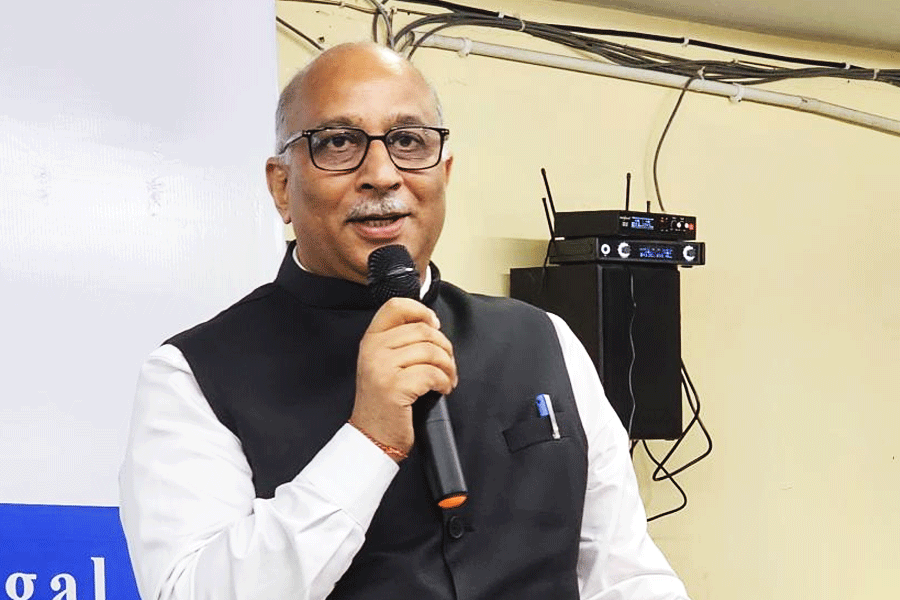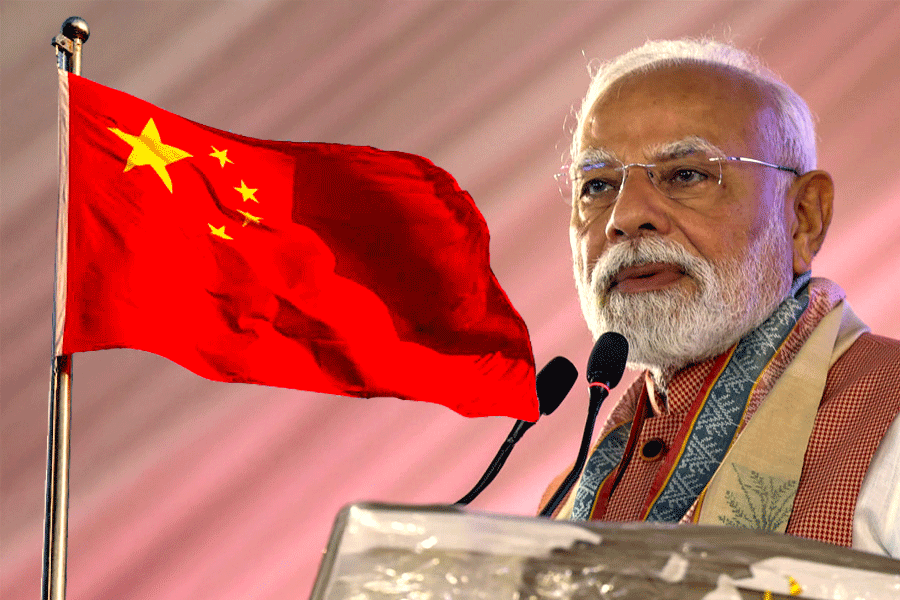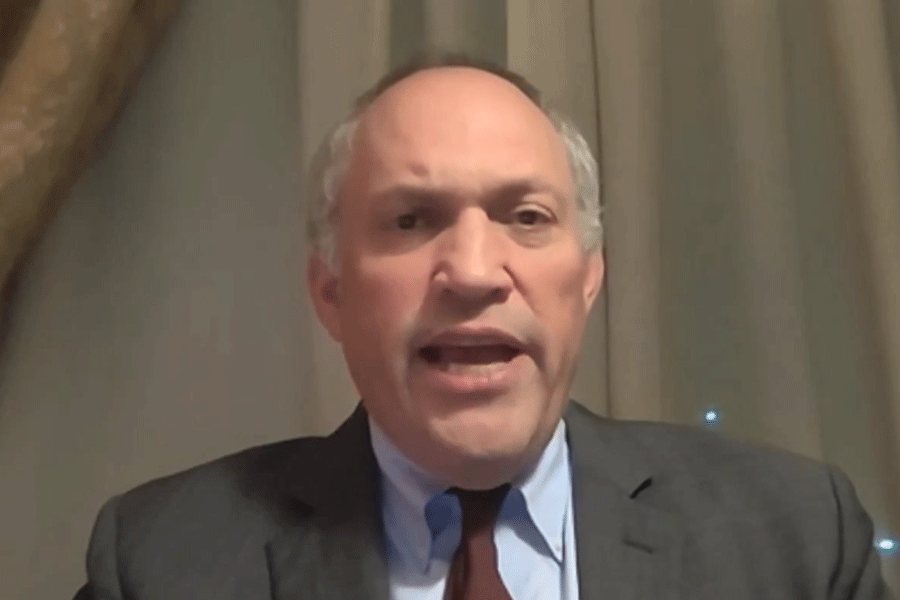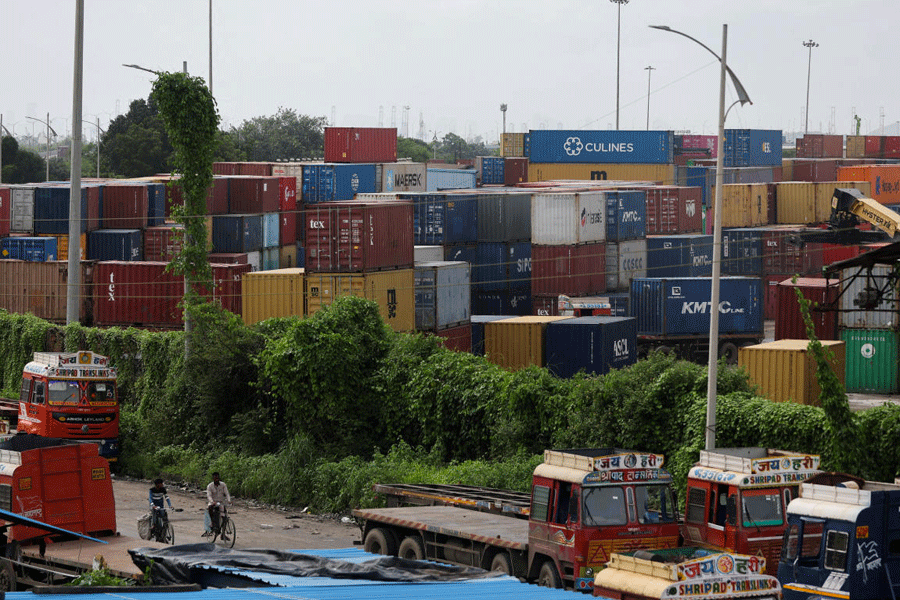
A hundred of the files in possession of the Centre on Netaji Subhas Chandra Bose were formally declassified by Prime Minister Narendra Modi on Saturday afternoon. Questions surrounding Bose’s disappearance remain to be conclusively answered.
A preliminary reading of the 16,600-page dossier — 36 files from the Prime Minister’s Office, 18 from the Union home ministry and 46 from the external affairs ministry, covering the period between 1956 and 2013 — reveals that it mostly iterates hypotheses and facts that have been widely known for some time.
It remains to be seen whether the other files (the Centre has promised to declassify 25 such files per month) in the government’s possession can do any better.
A large number of the files (up for public access on netajipapers.gov.in) contains reports, correspondence and allied documents of the Shah Nawaz Committee, the Khosla Commission and the Justice Mukherjee Commission, already in the public domain, with numerous papers replicated in several files. While the first two had ruled in favour of the theory of Netaji’s death in the air crash in the Taihoku airport of Taiwan on August 18, 1945, the last one had debunked it.
Some of the not-so-well-known nuggets in the declassified files:
Treasure hunt: The undying interest in the so-called INA treasure, which Netaji was supposedly carrying with him when Rangoon fell to the Allies in the summer of 1945, resulted in discussions, debates and probes on the treasury of the Provisional Government of Azad Hind.
According to several files dealing with the subject, Netaji and his team received donations, most of it in gold, from Indian residents in Southeast Asia. The funds of the provisional government were handled by the Azad Hind Bank in Rangoon till the city fell to the Allies.
Netaji’s INA colleague Debnath Das told the Shah Nawaz Committee that while leaving Rangoon, the leader had taken the treasure valued at Rs 1 crore in 1945, consisting mostly of gold bars and ornaments and packed into 17 sealed boxes. The committee noted that some interviewees reported he was carrying around 20,000 yen, which was around Rs 265 in 1945.
Netaji’s personal valet Kundan Singh told the committee that the treasure was packed into “four steel cases which contained articles of jewellery commonly worn by Indian women, chains of ladies, watches, necklaces, bangles, bracelets, earrings, pounds and guineas and some gold wires” (File number TOK/TS/1/78).
“I saw this treasure. It made a poor show.... I think it should be kept as it is,” noted Prime Minister Nehru (File number 25/4/NGO-Vol III(LW-1 Annexure).
Anita allowance : The government, at Nehru’s behest, had paid Netaji’s daughter Anita Bose Pfaff Rs 6,000 a year after his widow Emilie Schenkl turned down the offer. The disbursal was discontinued in 1965 after Anita’s marriage to Martin Pfaff.
On May 23, 1954, Nehru had written to his private secretary M.O. Mathai: “Dr. BC Roy and I signed and executed today a trust Deed in favour of Subhas Chandra Bose’s child in Vienna. I gave the original document to the AICC office for safe custody. Please get the copies of it from there. One copy should be sent to External Affairs and one should be kept here. You might send it to Shri Gunadevia and ask him to convey it to Frau Schenkl, wife of Subhas Chandra Bose.”
An MI6 agent: Following a series of articles by Soviet journalist V.K. Touradjev stating that Netaji was an MI6 agent, which he had claimed to find on the basis of information accessed from the KGB archives, the Indian embassy in Moscow contacted him on his sources.
(The Secret Intelligence Service, commonly known as MI6, is the intelligence agency which supplies the British government with foreign intelligence)
“Touradjev repeatedly emphasized that the KGB documentation which he had access to left him in no doubt that ‘Netaji had cooperated with the British’.... He (Netaji) had contributed to the defeat of Fascism,” noted a Moscow embassy document note (file number 870/11/P/10/93-POL).
Not a British war criminal: In response to repeated queries from various quarters in India, the UK kept clarifying that Bose was never on its list of war criminals. The possibility of his name featuring on such a list had fuelled speculation on the motivation for his disappearance in the event of his survival post 1945.
In file WI/125/25/98-EW, tagged “UK” and “Secret”, a July 2001 note from the external affairs ministry’s Europe West division reads: “Both the British Foreign Office and the Ministry of Defence have confirmed to our High Commission in London that Netaji’s name was not in the list of war criminals drawn up by the UK after World War II.”
Russia contacted: During the P.V. Narasimha Rao government’s tenure, between 1991 and 1996, several queries were put forth by India to Russia’s Boris Yeltsin government on whether Netaji had entered or lived in the USSR any time after 1945. According to notes exchanged between Delhi’s senior officials, all replies from Moscow rejected the suggestion.
Compiled by MEGHDEEP BHATTACHARYYA and ARNAB GANGULY


